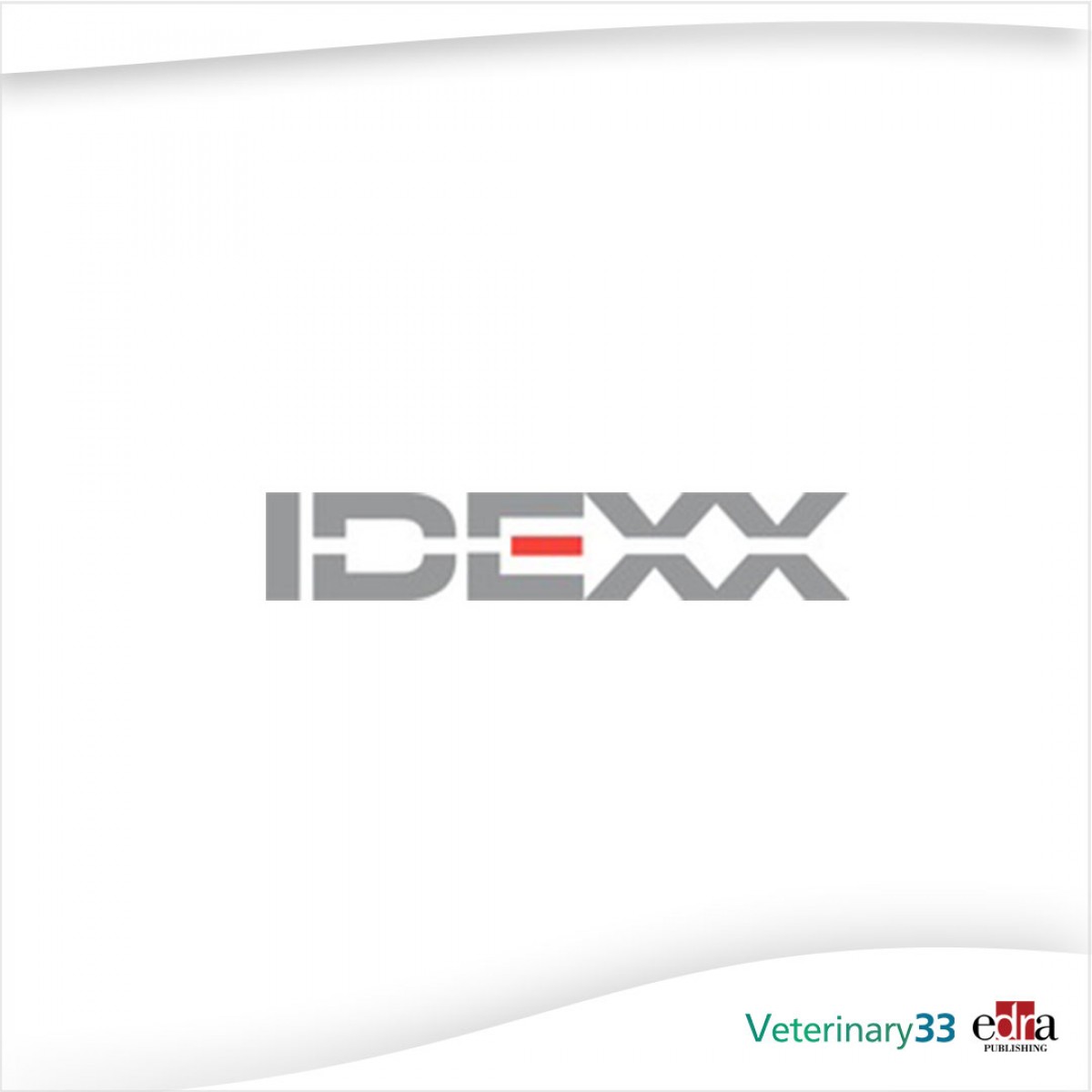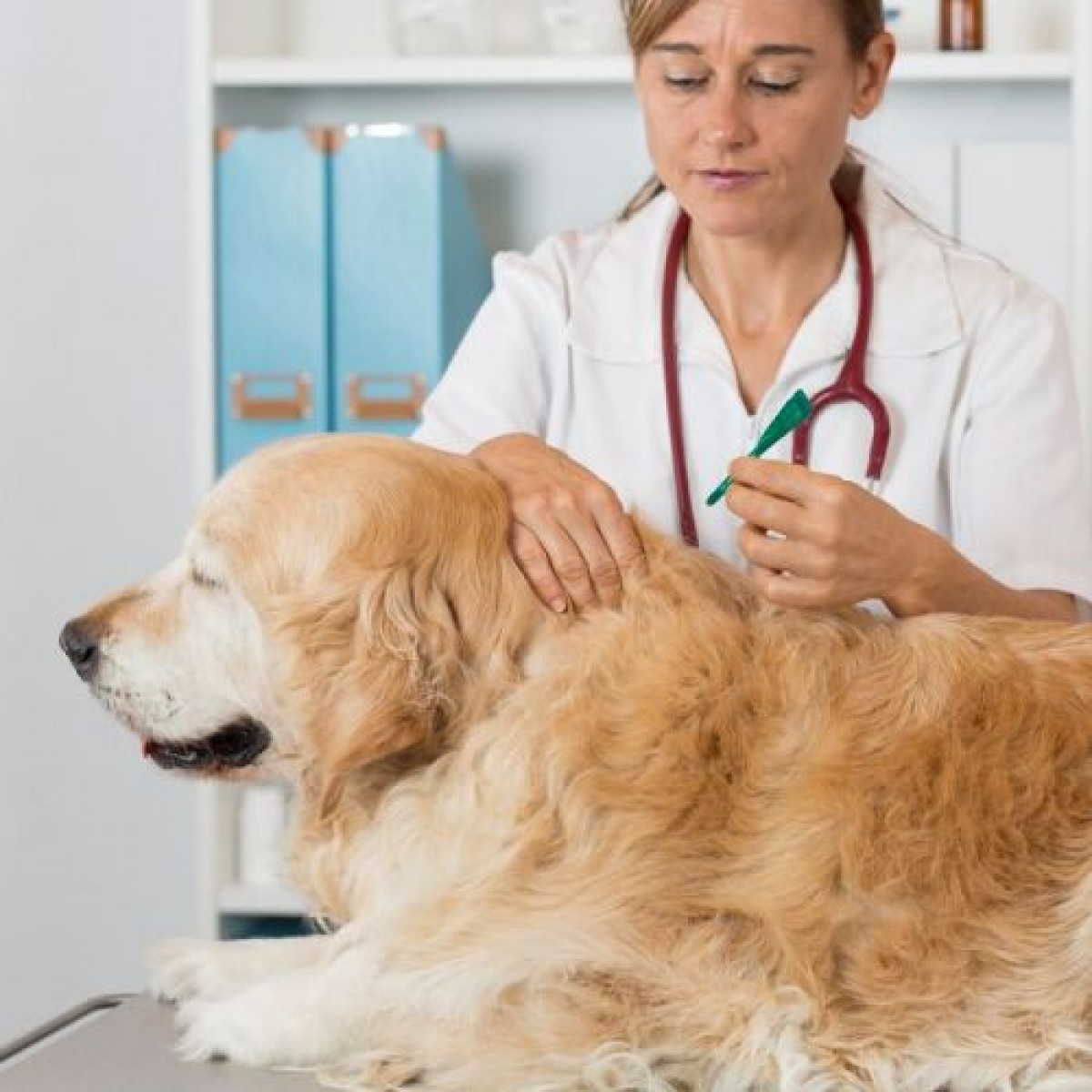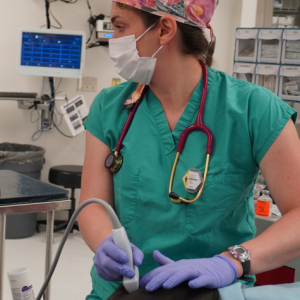Sales of veterinary antimicrobial agents in 31 European countries in 2022
The Esvac (European Surveillance of Veterinary Antimicrobial Consumption) platform publishes its thirteenth and latest annual report on sales of veterinary antimicrobials registered in Europe. The report analyses the results achieved in 2022, in 31 European countries, focusing on each national data and a factsheet dedicated to Italy (Sales trends (mg/PCU) of antibiotic VMPs for food-producing animals).
The thirteenth ESVAC report presents data on the sales of veterinary antibiotic agents from 31 European countries in 2022. These data are provided at package level in accordance with the data reporting protocol and data collection form published in March 20215. Information on country-specific trends is published separately on the EMA website in Country Individual Reports6. This report focuses on the consumption of antibiotic veterinary medicinal products (VMPs) for foodproducing animals at the European level and analyses the trends it has followed since 2010. The report emphasises certain classes or subclasses of antibiotics included in Category B of the categorisation made by the EMA's Antimicrobial Advice ad hoc Expert Group (AMEG) in 2019, available on the EMA website7. The AMEG categories take account of the World Health Organization (WHO) categorisation of antimicrobials (6th revision)8, the need for the respective antimicrobials in veterinary medicine and the probability of transfer of antimicrobial resistance from animals to humans. Category B of the AMEG categorisation includes those veterinary antibiotics from which the risk to public health is estimated to be higher than from other classes of antibiotics; fluoroquinolones, other quinolones, 3rd- and 4th-generation cephalosporins and polymyxins are included in this category. Macrolides are included in Category C of the AMEG categorisation.
The data collected for ESVAC are also used in the Joint Interagency Antimicrobial Consumption and Resistance Analysis (JIACRA) report produced jointly by the European Centre for Disease Prevention and Control (ECDC), the European Food Safety Authority (EFSA) and EMA. The most recent report, the JIACRA III report published in 2021, has shown, while recognising the complexity of evaluating the association between sales of antimicrobials and occurrence of AMR in animals and humans, that reduction of antimicrobial consumption typically following interventions have a positive impact on the occurrence of AMR.
ECDC, EFSA and EMA have also jointly established a list of harmonised outcome indicators9 to assist EU Member States in assessing their progress in reducing the use of antimicrobials and occurrence of AMR in both humans and food-producing animals. For food-producing animals, the proposed indicators for antimicrobial consumption are: overall sales of veterinary antimicrobials; sales of 3rd- and 4th-generation cephalosporins; sales of quinolones (specifying the proportion of fluoroquinolones); and sales of polymyxins, all measured in milligrams per population correction unit (mg/PCU). The thirteenth ESVAC report follows the same outline as in the twelfth edition, focusing on the primary and secondary indicators of antimicrobial (more specifically antibiotic) consumption for food-producing animals. All figures and tables present in previous reports can be found in the ESVAC interactive database10.
The data and information included in this report have been reviewed and approved by the ESVAC National Contact Points or their alternates.
Advice on how to read this report: It is generally agreed that it usually takes at least three to four years to establish a valid baseline for the data on sales of veterinary antibiotic agents. Consequently, for each country, data from the first few years of collection should be interpreted with due caution. The data presented in this report should not be used as a sole basis for setting management priorities; additional data on the production of animals by country and animal demography, available veterinary medicinal products and other factors such as disease incidence or outbreaks should also be considered. It should be underlined that data presented in this report should not be used for direct comparison between countries, as more detailed information and analysis would be needed.
Read the full report here: chrome-extension://efaidnbmnnnibpcajpcglclefindmkaj/https://www.ema.europa.eu/en/documents/report/sales-veterinary-antimicrobial-agents-31-european-countries-2022-trends-2010-2022-thirteenth-esvac_en.pdf













List
Add
Please enter a comment